Bei der Entwicklung von KlangBildKlang stand der Dialog zwischen den Künsten sowie mit dem Publikum stets im Mittelpunkt. Hinausgehen in die Stadt, in den öffentlichen Raum und Kunst und Musik vor Ort, wo Menschen sind, aufführen, spielen und präsentieren, um neue Orte neben den bekannten Spielstätten zu erschließen. Bei der Auswahl der Aufführungssorte wurde insbesondere darauf geachtet, für jede Veranstaltung das passende Ambiente zu finden. Wichtig dabei war das Zusammenspiel der Räume mit den jeweiligen Projektverantwortlichen und deren Bedürfnissen und Ideen. Intuitiv wurde auf Anforderungen eingegangen und so etwa eine mit Wasser in Verbindung stehende Veranstaltung in die Alte Schieberkammer, einem stillgelegten Teil eines ehemaligen Wasserbehälters in Wien, verlegt. Bei allen Veranstaltungen im Rahmen von KlangBildKlang wurde bewusst neben Orten, wo das Publikum meist bereits ist und Kulturvermittlung erwartet wird – wie etwa den großen Konzertsälen, Museen, den Veranstaltungssälen der mdw u. v. m. –, auf weitere gesetzt, die vielleicht im ersten Moment keinen Bezug zur mdw zulassen. Die nachfolgende Auswahl an Veranstaltungsorten einzelner Projekte verdeutlicht dies zusätzlich.
Im Rahmen der erstmals stattfindenden Klima Biennale Wien wird beispielsweise am Festivalareal auf dem Nordwestbahnhofgelände die KlangBildKlang-Veranstaltung Songs for the changing seasons stattfinden. Der ehemalige Güterbahnhof wird mit diesen Veranstaltungsreihen sowie zahlreichen anderen nach seiner endgültigen Stilllegung im Jahr 2021 nachhaltig weitergenutzt, ehe auf dem Gelände bis 2033 ein Stadtentwicklungsgebiet entstehen wird. Es zeigt sich, dass bei der Auswahl der Spielstätten innovative Ideen stets im Fokus standen.
CAPE 10
Noch deutlicher wird dies etwa mit einem interaktiven Konzerterlebnis, das im Mai im Bildungszentrum Simmering stattfinden wird, oder der Veranstaltung Klingende Bilder, die am Bildungscampus Innerfavoriten sowie im CAPE 10 abgehalten wird.
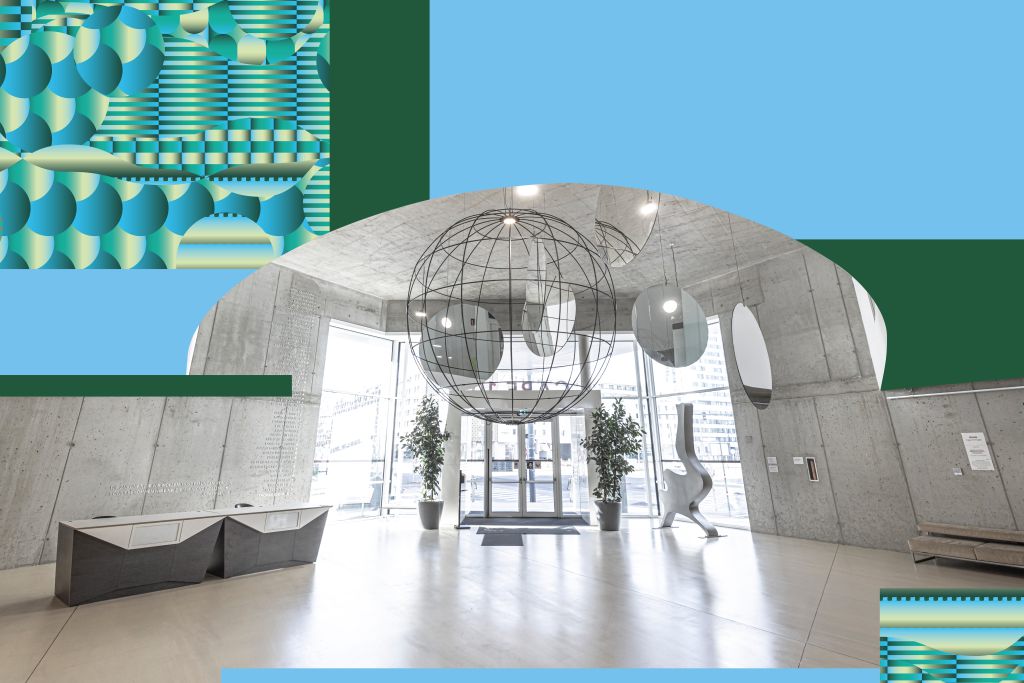
Die Kooperation mit dem CAPE 10 als Haus der Begegnung und modernes Sozial- und Gesundheitszentrum im Sonnwendviertel im 10. Wiener Gemeindebezirk wurde bewusst für KlangBildKlang gewählt, da das Hauptaugenmerk der Einrichtung einerseits auf einem möglichst niederschwelligen Zugang zu verschiedenen Kunst- und Kulturprogrammen sowie Weiterbildungsangeboten liegt, andererseits steht der soziale verbindende Gedanke stets im Vordergrund.
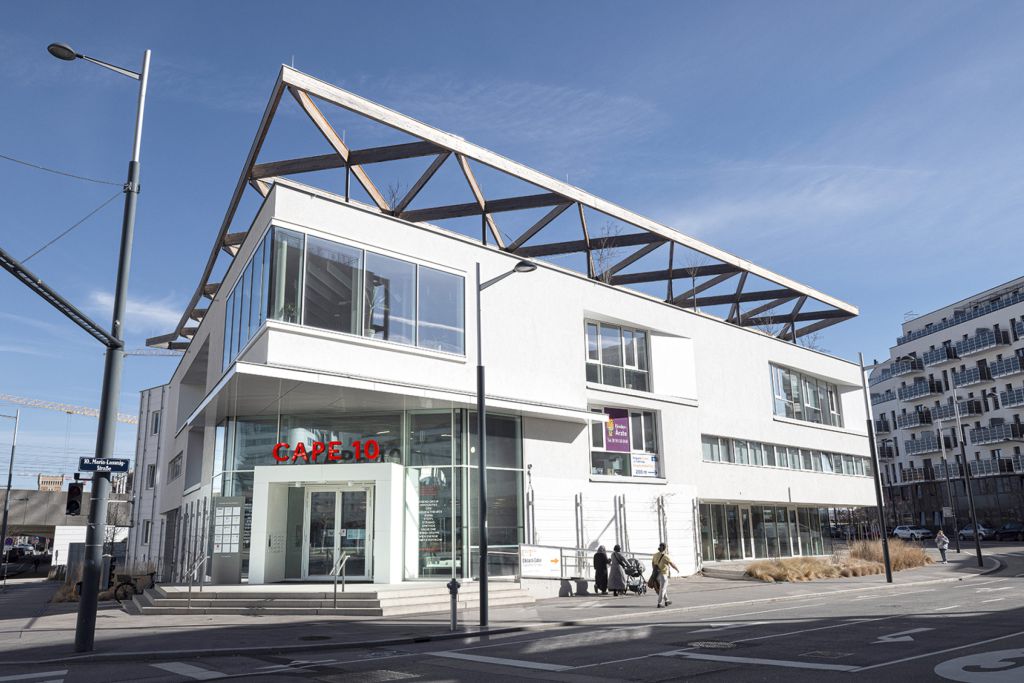
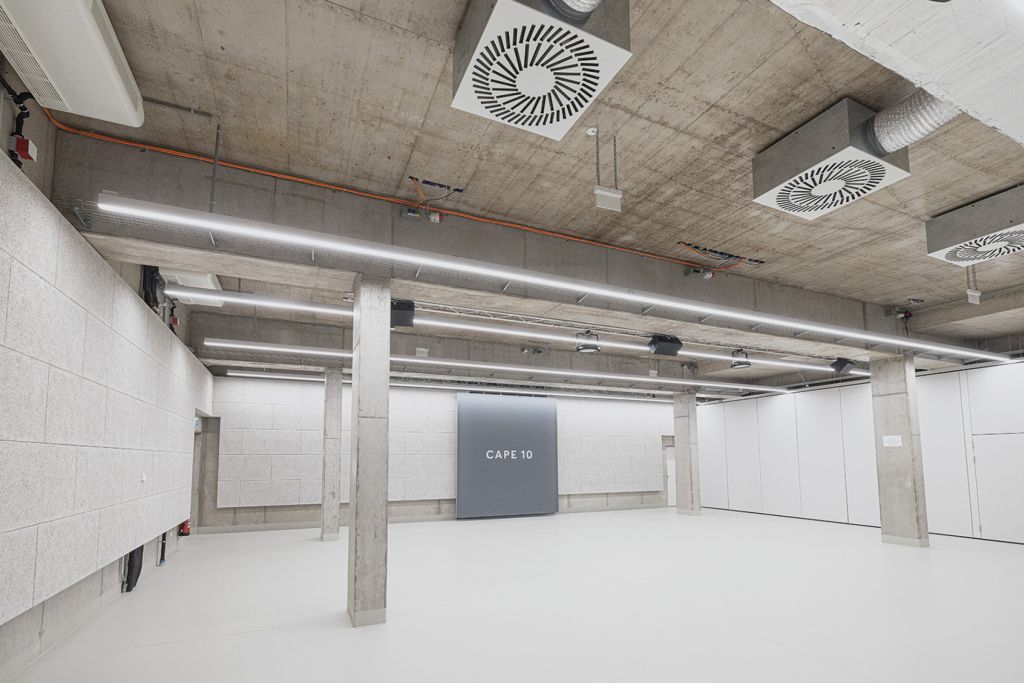
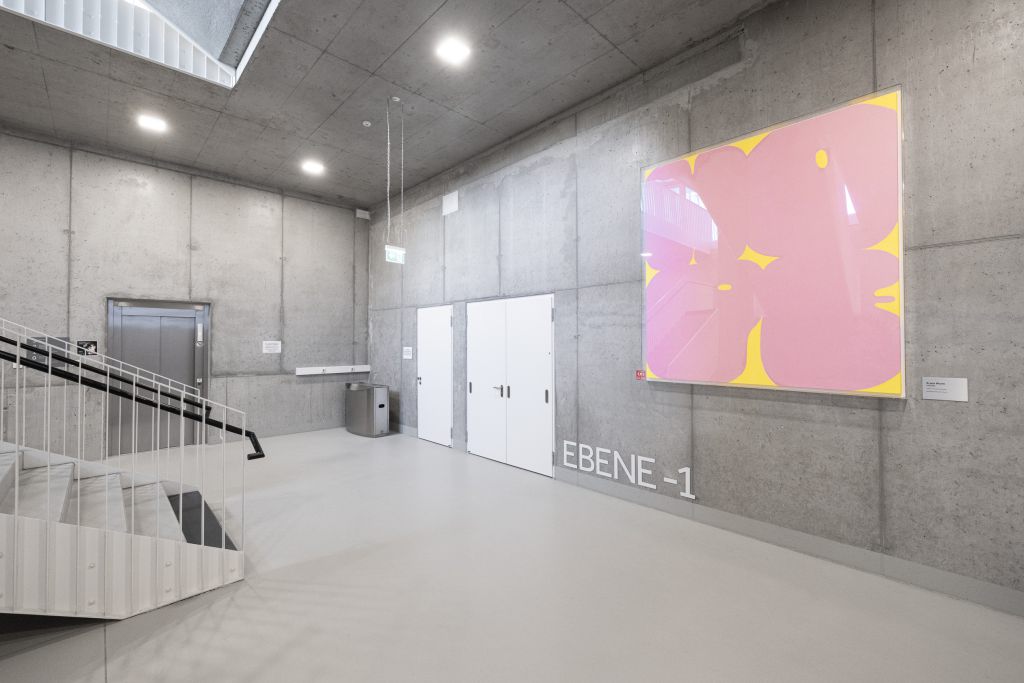
Das „Haus der guten Hoffnung“ wurde bewusst in Anlehnung an das Kap der guten Hoffnung in Südafrika so benannt und vereint heute in einem modernen Gebäude die Büros sozialer Einrichtungen mit ausreichend Raum für Events.
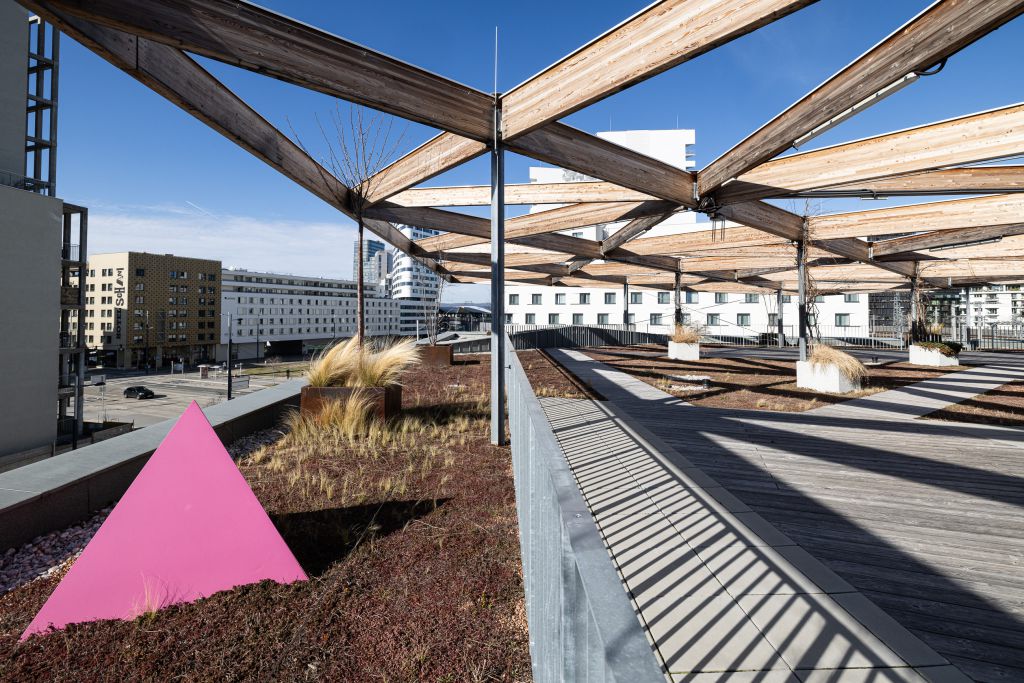
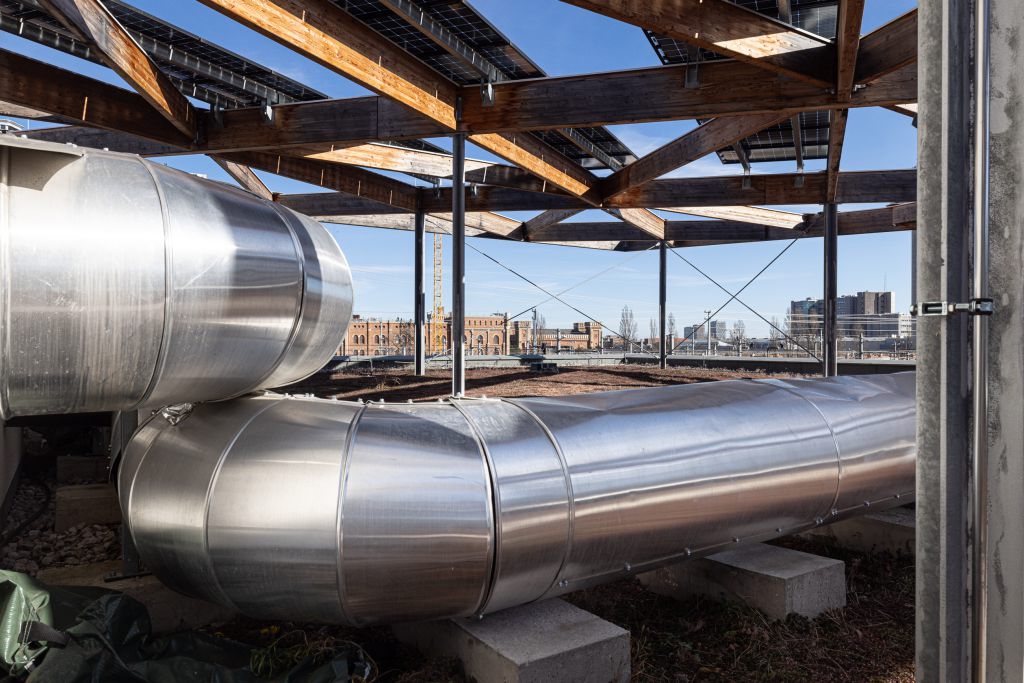
Alte Schieberkammer
Ebenso wie das CAPE 10 ist auch die Alte Schieberkammer im 15. Bezirk mitten in einem dicht bebauten Wohngebiet angesiedelt. Das historische Gebäude wurde zwischen 1870 und 1873 als Teil des Wasserbehälters Schmelz der I. Wiener Hochquellenleitung erbaut.
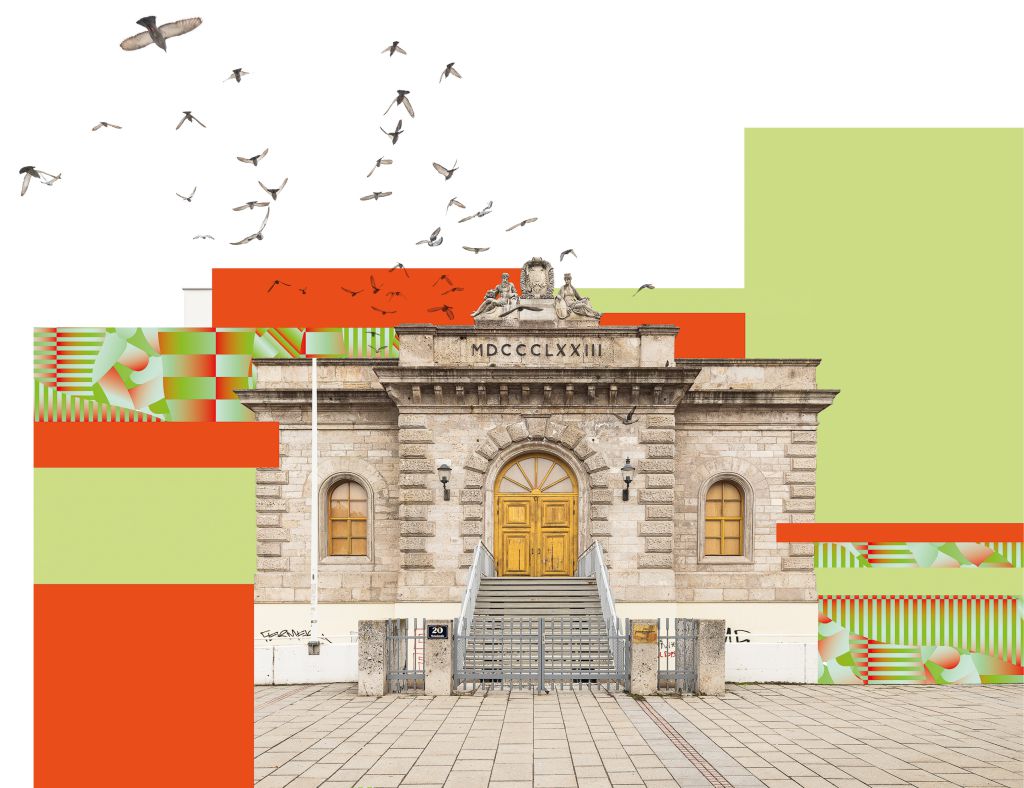
Anfang der 1990er-Jahre wurde das Gebäude vollständig restauriert und wird seit 1995 als Veranstaltungszentrum weitergenutzt. Direkt an der U-Bahn-Station Johnstraße gelegen, ist die Alte Schieberkammer auch öffentlich gut erreichbar und insbesondere auch in Verbindung mit Wasser ein beliebter Veranstaltungsort.
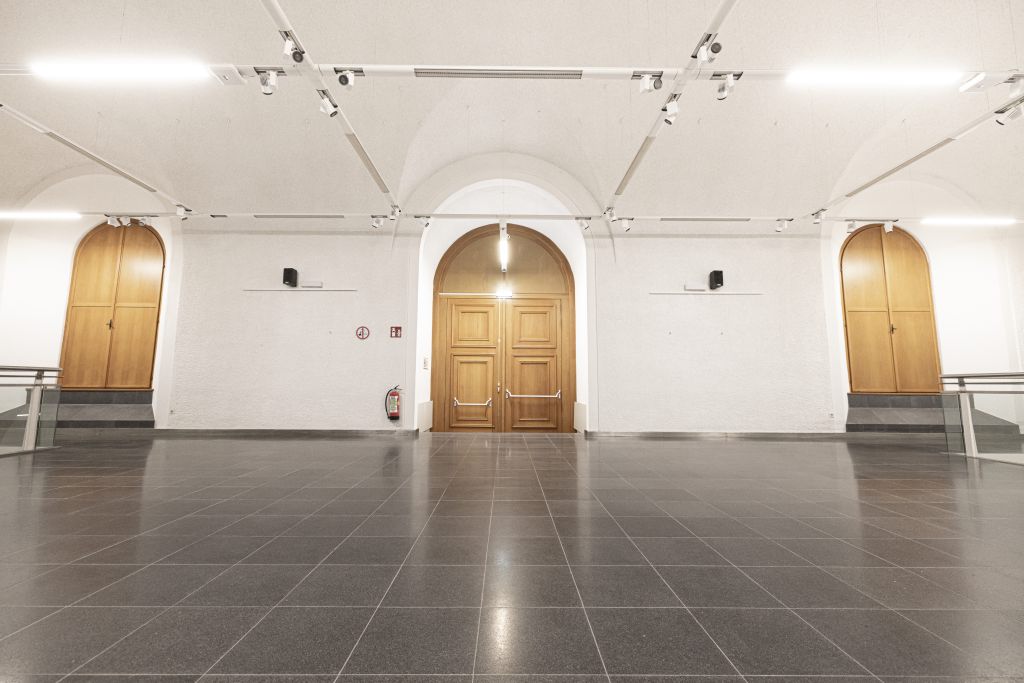
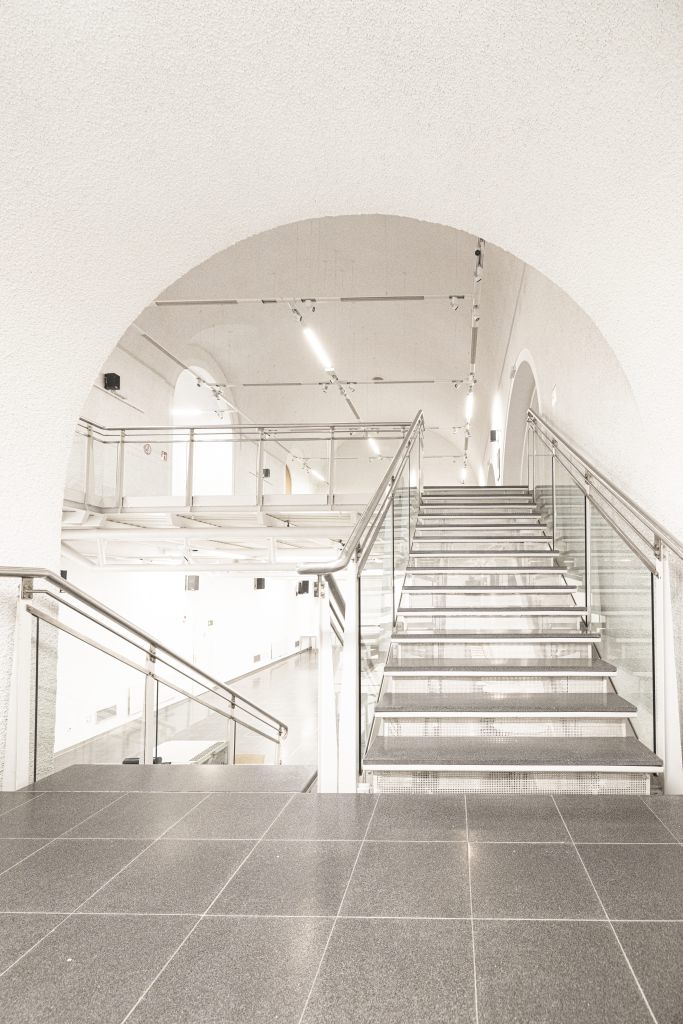
Im Rahmen von KlangBildKlang können Besucher_innen von EIN.TAUCHEN – Salieri on the Go Wasser als lebensspendendes und sich ständig wandelndes Element künstlerisch im passenden historischen Ambiente erleben.
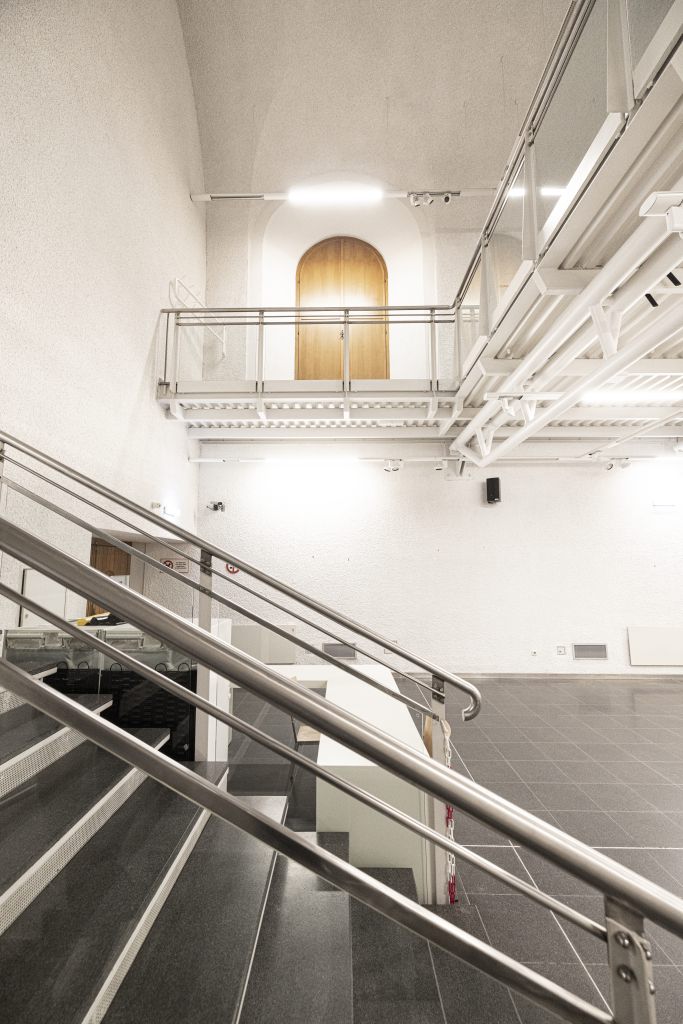
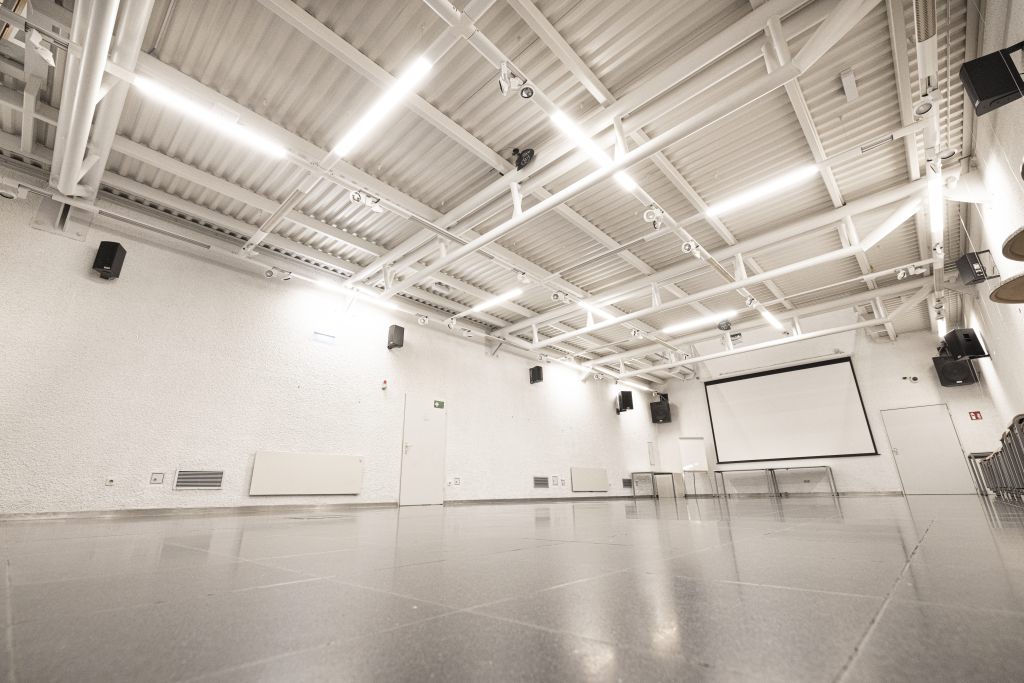
Badeschiff
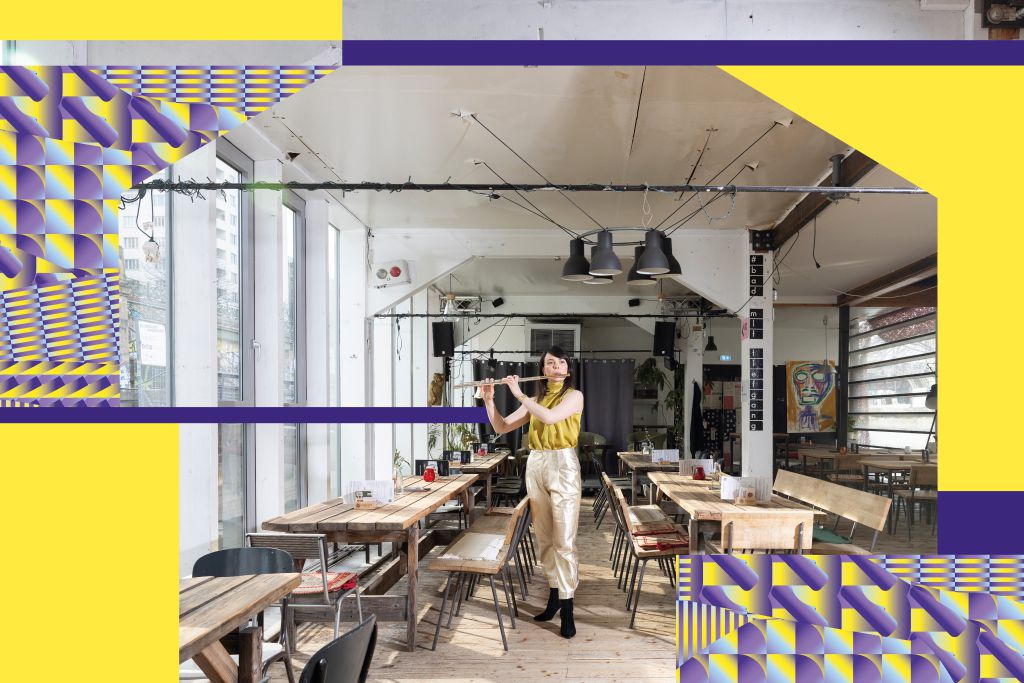
Ebenfalls mit Wasser in Verbindung steht naturgemäß das Badeschiff, das direkt am Ufer des Donaukanals im Zentrum Wiens gelegen ist. Im Mai wird in dem zwischen dem Schwedenplatz und der Urania vor Anker liegenden Badeschiff ein interaktives und inklusives Literaturcafé stattfinden.
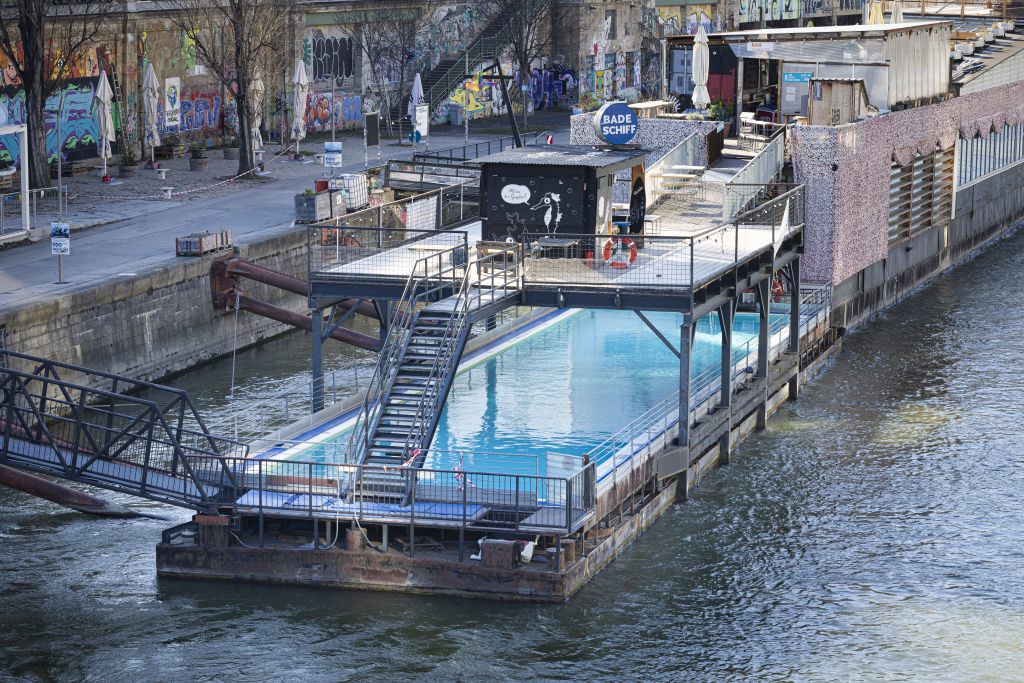
Das Projekt Ohrenklang : Klangliteratur ist eine Kooperation zwischen Ohrenklang, einem jungen, inklusiven Ensemble bestehend aus mdw-Studierenden und Musiker_innen mit Behinderung, und der Literatur-Bootschaft des Vereins Ohrenschmaus, die regelmäßig auf dem Badeschiff mit Lesungen zu Gast ist.
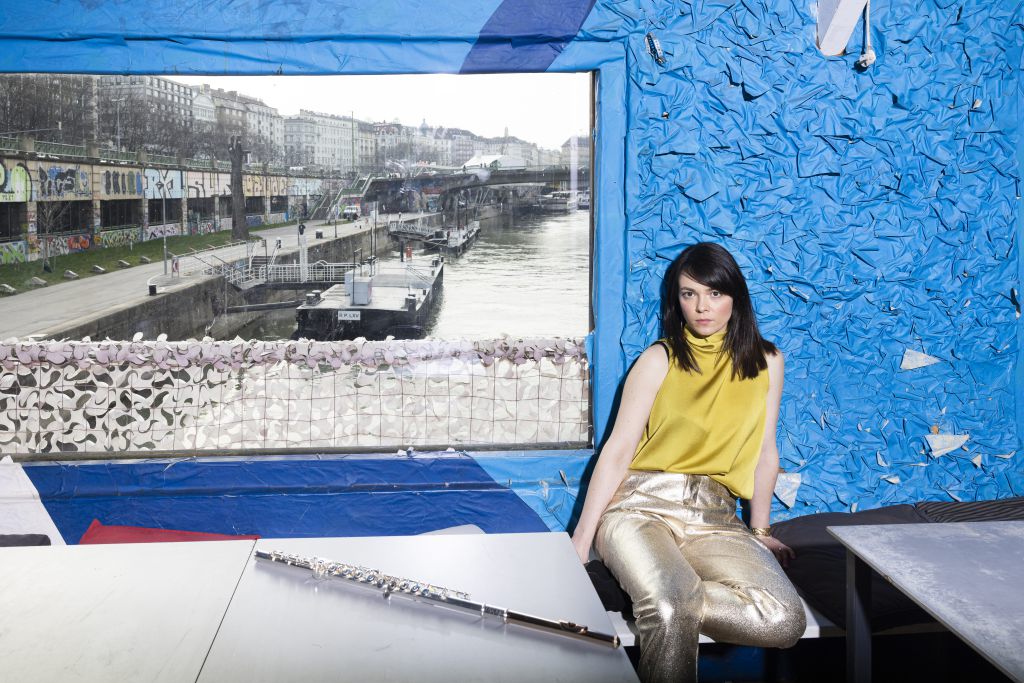
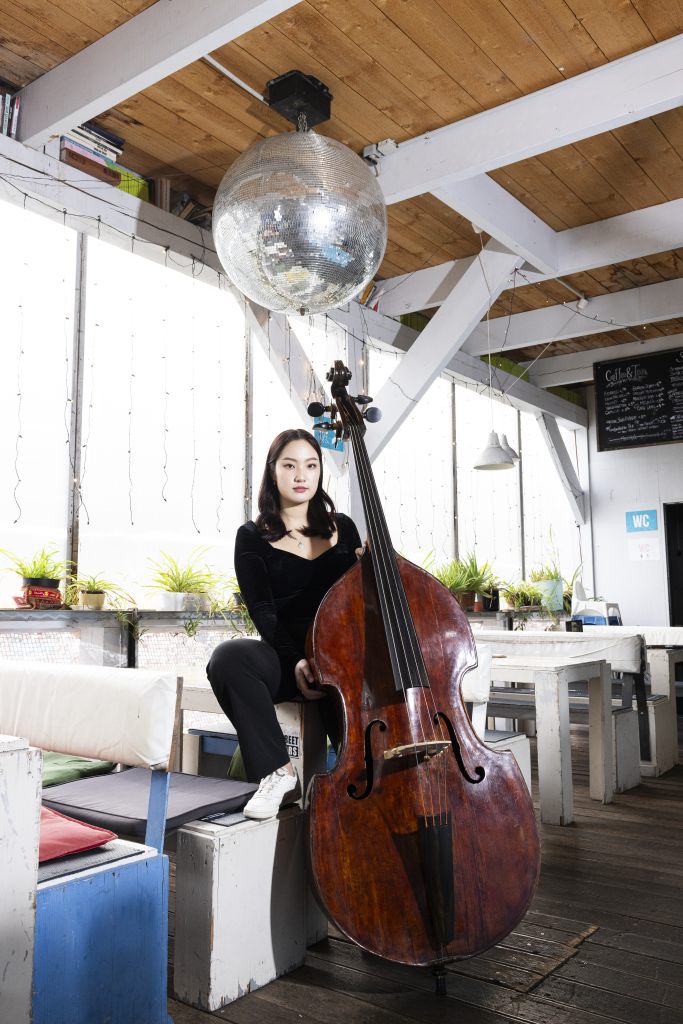
Das beliebte Lokal bietet, anders als der Name vermuten lässt, nicht nur im Sommer ein ausgiebiges Kultur- und Freizeitangebot, sondern auch im Winter mit Eisschwimmen oder Eisstockschießen ein umfassendes Programm für alle Jahreszeiten und lockt Jung und Alt gleichermaßen an.
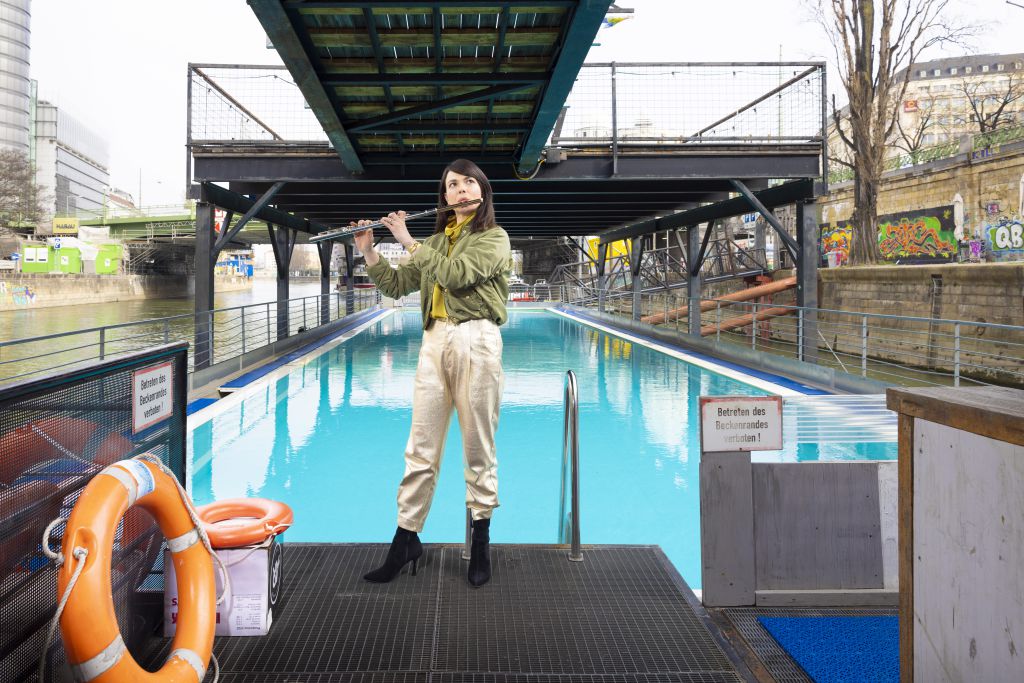
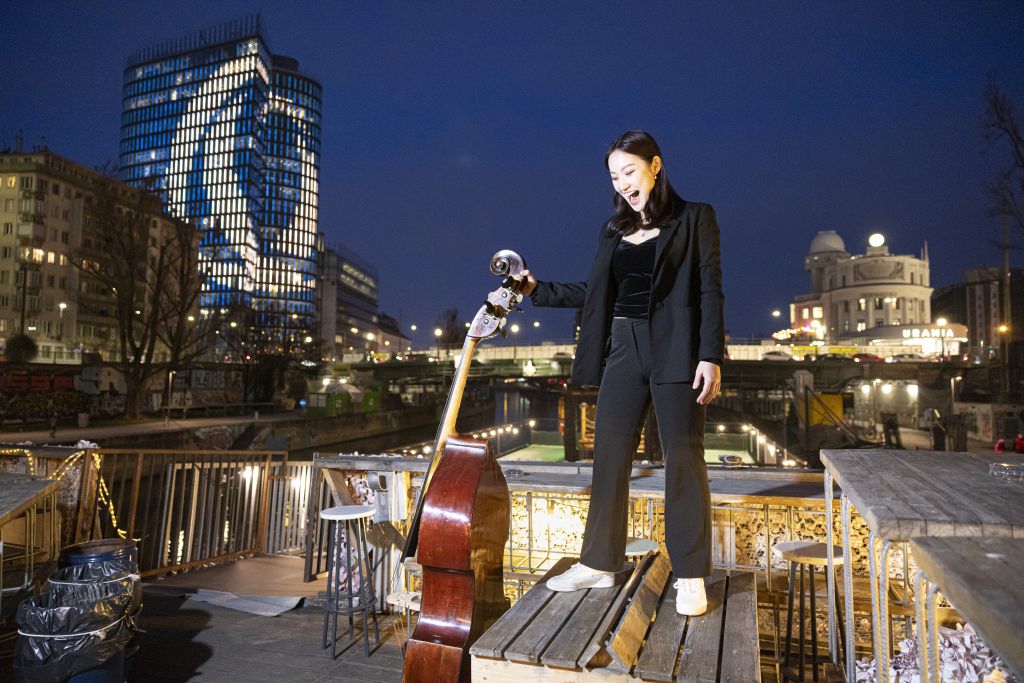
Hinausgehen zum und Zugehen auf das Publikum
KlangBildKlang steht nicht nur für Musikvermittlung auf den unterschiedlichsten Ebenen, sondern auch für Kooperationen über die räumlichen Grenzen der mdw hinweg. So zeigen die bereits genannten Aufführungsorte die breit aufgestellten räumlichen Ressourcen des Projekts. Das innovative Konzept öffnet neue Orte für Kunst- und Musikvermittlung und alle Beteiligten. Im Fokus steht dabei immer das Hinausgehen zum und das Zugehen auf das Publikum, um neue Perspektiven für alle zu eröffnen.

